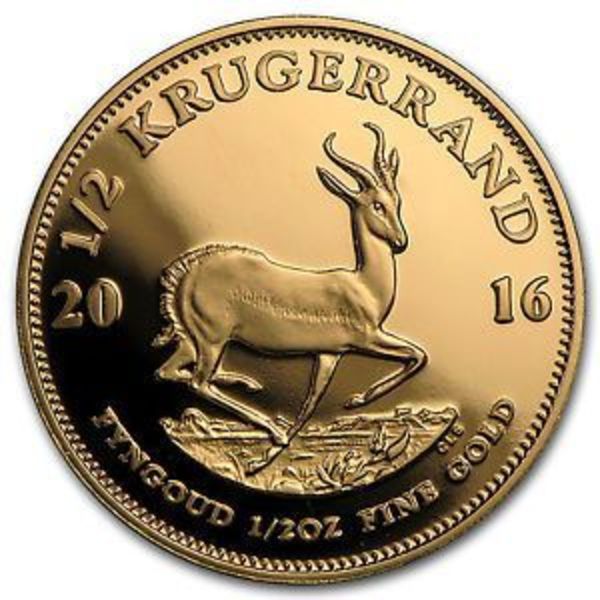In today’s uncertain economic climate, ensuring your financial future is more important than ever. Investing in gold, either through physical coins and bars or via a Gold IRA, is one of the best ways to protect and potentially grow your wealth.
Gold has long been considered a safe haven, a hedge against inflation, and a form of portfolio protection against market volatility.
As a timeless store of value, gold has always been seen as a hedge against economic instability. But when it comes to investing in gold, the big question remains: should you opt for a Gold IRA or invest in physical gold?
Diversification of Your Portfolio
Diversification is one of the primary reasons people invest in gold. Adding gold to your portfolio can provide balance and reduce overall risk. While traditional portfolios are divided among stocks, bonds, and cash, true diversification involves spreading investments across different asset classes, regions, and industries.
Gold stands out because it tends to perform well even when other assets tied to Wall Street are underperforming. This makes gold a crucial hedge against market volatility. When a financial crisis hits, assets heavily reliant on Wall Street may suffer significant losses. However, gold typically rises in value during these times, providing a buffer against the downturn.
Why it matters: Gold’s negative correlation with the stock market means it can act as a stabilizer, helping to protect your portfolio during economic downturns.

Mitigation of Risk
Historically, gold has proven to be a steady and strong asset, maintaining its value even during market downturns. Unlike many other assets, gold is not dependent on the performance of the stock market, making it a safer investment during turbulent times. Its liquidity also adds to its appeal, as it can be easily converted into cash, offering a reliable safety net.
Why it matters: When markets are volatile, having an asset like gold that retains value can help mitigate losses in other areas of your portfolio.
Gold IRA: The Benefits and Challenges
What is a Gold IRA?
A Gold IRA (Individual Retirement Account) is a self-directed IRA that allows you to invest in physical gold, as well as other precious metals, in addition to the traditional investment vehicles like stocks and bonds. This type of IRA is governed by the same rules as other IRAs, but the key difference lies in the assets it holds.
Gold IRA Benefits
- Tax Advantages: Like other IRAs, a Gold IRA offers tax benefits. Contributions can be tax-deductible, and the gains on your investment grow tax-free until you start taking distributions in retirement. This tax-deferred growth is one of the major attractions of Gold IRAs.
- Physical Ownership: A Gold IRA allows you to own tangible gold. This can include gold bars and IRS-approved bullion coins. Owning physical gold can provide a sense of security, especially in times of economic uncertainty, as gold is often seen as a stable store of value.
- Professional Management: The custodian of your Gold IRA handles the paperwork, storage, and insurance for your gold, reducing the hassle of managing physical assets.
- Diversification: Including gold in your retirement portfolio adds an extra layer of diversification, potentially reducing risk.

Gold IRA Challenges
- Fees: Gold IRAs come with various fees, including setup fees, storage fees, and custodian fees, which can eat into your returns.
- Liquidity: Unlike stocks or bonds, gold isn’t as liquid. If you need to sell quickly, you might face challenges in getting the best price.
- Regulations: There are strict IRS regulations regarding the types of gold that can be included in an IRA, which limits your choices.
Physical Gold: The Benefits and Challenges
What is Physical Gold?
Physical gold refers to tangible gold assets like gold bars, coins, and rounds that you can purchase, hold, and store independently of any retirement account.
Physical Gold Benefits
- Direct Ownership: You have full control over your gold, which you can hold and store as you see fit. If you can’t hold it, you don’t truly own it.
- No Counterparty Risk: Being in possession of gold coins does not rely on any third-party financial institution’s solvency; its value is inherent and universally recognized.
- Liquidity: While it can be less liquid than some assets, physical gold is relatively easy to buy and sell in various markets.
Physical Gold Challenges
- Storage and Security: Storing gold securely is a significant responsibility and may involve additional costs, such as purchasing a safe, renting a safety deposit box, or contracting with a local depository.
- No Tax Advantages: Unlike Gold IRAs, there are no tax benefits associated with holding physical gold. There are also no reporting requirements when holding. However, reporting requirements vary at time of sale.
- Premiums Over Spot Price: Physical gold often comes with premiums above the spot price, which can reduce your return on investment.
Which is Better for You?

Risk Tolerance: If you’re comfortable managing tangible assets and are looking for an investment that you can physically hold, physical gold might be your best bet. However, if you prefer a hands-off approach with tax advantages, a Gold IRA could be more suitable.
Gold is a Defense Against Inflation
Gold is traditionally regarded as a hedge against inflation. During periods of high inflation, the value of paper currency tends to decrease, while the value of gold remains stable or even increases. This makes gold an attractive option during inflationary periods, such as the 1970s, when inflation peaked at 11% and gold’s annualized growth rate soared to over 30%.
Why it matters: In today’s economic climate, where inflation is rising, gold offers a way to preserve purchasing power and protect against the devaluation of currency.
Financial Goals: If your goal is long-term retirement savings with potential tax benefits, a Gold IRA aligns well with this objective. On the other hand, if you’re looking for a quick way to diversify your portfolio or want a hedge against short-term market volatility, physical gold might be more appropriate.
Storage and Management: If you don’t want to deal with the logistics of storing and insuring your gold, a Gold IRA provides a managed solution. However, if you value having full control over your assets, physical gold gives you that autonomy.
Funding a Gold IRA
To start investing in a Gold IRA, you must first fund the account. This is commonly done through a rollover from an existing retirement account, such as a 401(k), 403(b), TSP (Thrift Savings Plan), or another IRA. The process typically involves transferring the assets from your current retirement account to your new Gold IRA, which your IRA custodian can facilitate.
Distributions from a Gold IRA
When you reach retirement age and begin taking distributions from your Gold IRA, you have two primary options:
- In-Kind Distributions: You can take physical possession of the gold held in your IRA.
- Liquidation: You can sell the gold in your IRA and receive the proceeds in cash or a wire transfer.
Both options offer flexibility depending on your needs and preferences at the time of distribution.
When it comes to gold investing, both a Gold IRA and physical gold offer unique benefits and challenges. Your choice depends on your personal financial goals, risk tolerance, and how you prefer to manage your investments. By understanding the nuances of each option, you can make an informed decision that aligns with your long-term financial stability.
In a world of economic uncertainty, gold remains a timeless asset that can help safeguard your wealth for generations to come. Whether you choose a Gold IRA or physical gold, the key is to align your investment strategy with your financial goals to secure a prosperous future.






